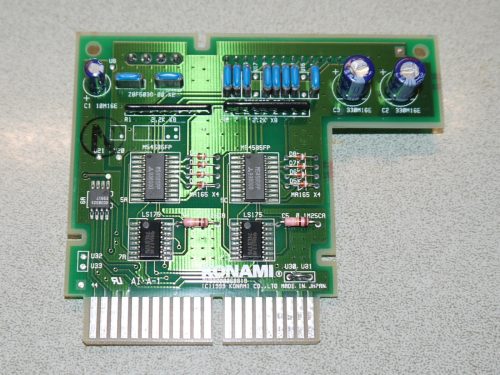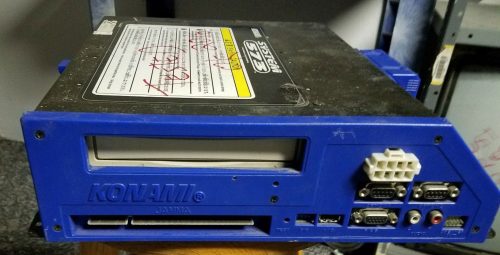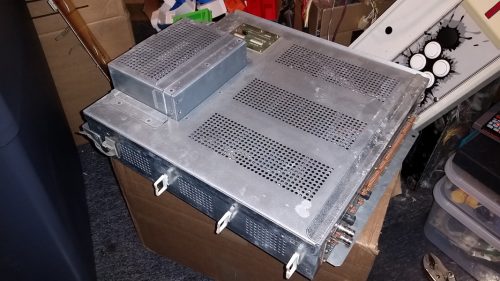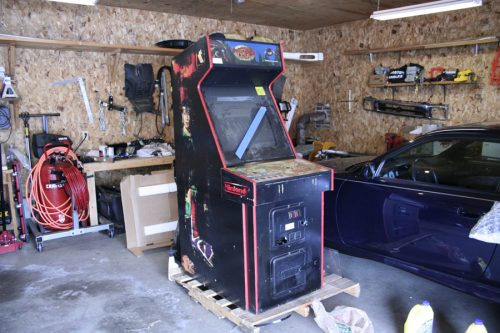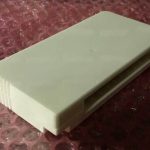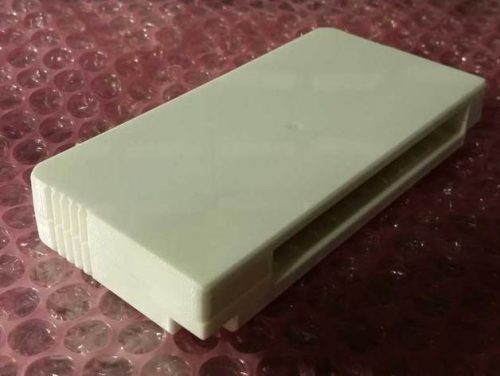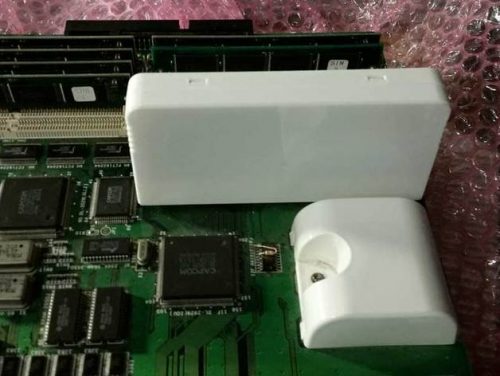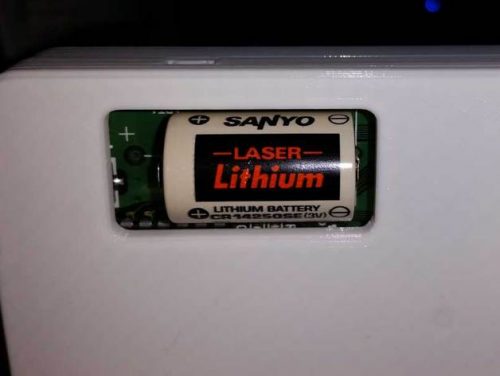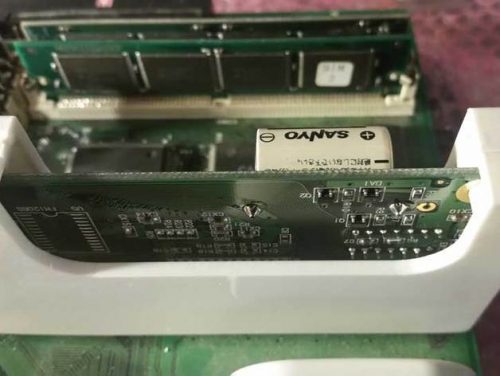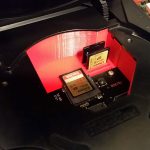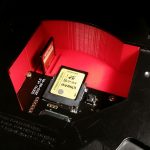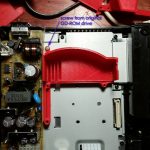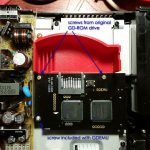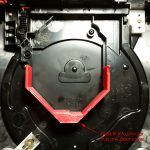The Sun brand JVS power supply units also known as “NAOMI” PSUs due them being most widely used on that platform have become quite expensive in recent years, even worse is that due to their age many are starting to fail. What most people don’t realize is that similar to CRT monitors, power supplies usually fail due to aging capacitors and many can be revived with a simple cap-kit.
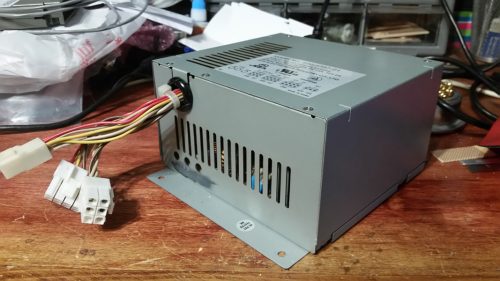
Why not just buy a different PSU?
Normal Arcade power supplies only supply 5V and 12V outputs where as the JVS power supply standard requires 3.3V output as well, also there is a specific connector (JST VL) used for JVS power connections where as normal arcade supplies use either screw terminals or Molex connectors. Even if they did support 3.3V output, the output amperage specs for JVS are also higher than what most 15Watt arcade PSUs can provide, some JVS boards have power consumption requirements low enough that this would be ok but others do not.
There are some people who make ATX to JVS PSU adapters allowing you to use a standard desktop PC power supply for JVS arcade boards however PC power supplies are not adjustable and depending on the specific board you’re using and how your specific ATX supply is tuned it may be providing voltages too high or too low to function properly with a JVS arcade board.
Why Replace the Caps?
Over time the chemicals in electrolytic capacitors break down and expand causing them to not work as well as they should which can cause instability and noise in the power output, in worst cases the capacitor housing can crack and start leaking which can cause corrosion of metal parts and erosion to the PCB. I’ve seen these Sun PSUs sell for $80-$100 in used condition on eBay, many of these are even in need of a cap kit. The very few shops that sell new JVS PSUs charge upward of $300. Meanwhile a cap kit can be purchased for about $8 and with about an hours work can make a dead or unreliable Sun PSU function like new again.
Not to mention spending some time and a little bit of money to repair instead of replace something is much better for your wallet, the environment, improving your skills, and preserving the authenticity of your arcade equipment. It’s win-win from all aspects.
The Cap List
This electrolytic cap list is for the Sun 400-5397-01 model number (the 400-5443 may or may not need the same caps, I didn’t have one available to check). The filter cap is generally very expensive compared to the rest of the list and generally only replaced on an as-needed basis.
C5 – 680uF 200V *Filter Cap
C9 – 47uF 50V
C14 – 22uF 50V
C15 – 10uF 50V
C17 – 1uF 50V
C18 – 2.2uF 50V
C19 – 4.7uF 50V
C21 – 1000uF 10V
C23 – 220uF 25VC24 – 3.3uF 50V
C25 – 330uF 16V
C28 – 2200uF 10V
C29 – 2200uF 10V
C31 – 2200uF 10V
C32 – 2200uF 10V
C34 – 4.7uF 50V
C35 – 2200uF 10V *A small diameter cap is preferred here
C36 – 2.2uF 50V
C37 – 0.47uF 50V
C38 – 3.3uF 50V
C41 – 10uF 50V
Cap Location Map
Here is a map I’ve put together of where each of these caps is located on the PCB and the direction each cap should be facing. When replacing the caps you should take note of the capacitance, voltage and orientation of the old cap to ensure that it agrees with the above cap list and the below cap map. The PCB itself should also note the capacitor number and orientation of each of these caps for further confirmation. I’ve run into other PCBs where the markings on the board didn’t agree with the direction that the old cap was installed, but in my experience the Sun PSUs have always been marked correctly on the PCB.
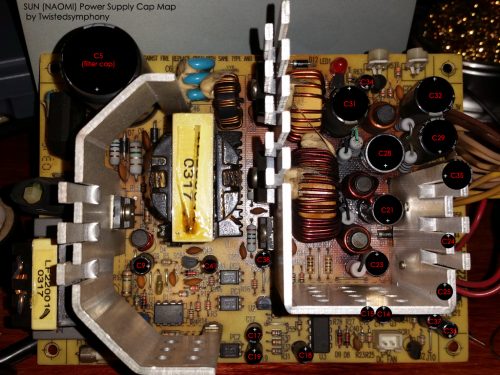
*The cap map was made from a photo I took of one of the PSUs I performed a cap kit on. take note of the blackened PCB by C28, this cap had already cracked and started leaking on the bottom which also caused the green/black corrosion on the neighboring resistors. Thankfully no permanent damage was done. I should also note that from the outside this PSU was running with zero problems. This was a ticking time bomb and I was lucky enough to notice the bloated and leaking cap before the PSU failed and or more serious damage occurred.
Replacing the Fan
These Sun PSUs also have an fan that can die or become very noisy. its the same size and shape as an 80mm (x25mm) desktop PC case fan. This is a 2-pin 12V fan that uses a 2-pin JST PH connector. Most PC fans wont use this connector but you can either cut off the connector of the new fan and splice on a pig-tail from the old one, or buy a JST PH connector to crimp onto the leads of your new fan. Either way replacing this fan is another cheap way to keep your power supply running in top shape for a good many years to come.
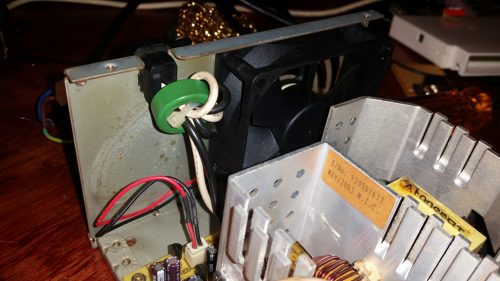
Where to buy these parts?
You can piece together your own cap kit using parts from Mouser, Digikey or your preferred online parts vendor, most of these stores will also carry the JST-PH connector for the fan as well. 80mm cooling fans can be found anywhere computer parts are sold.
If you’re interested in buying a pre-made cap-kit instead of piecing one together yourself Ian Kellogg sells one and he also sells the filter cap. I don’t know of anyone else making kits for these PSUs at the moment but if you know of any please leave a comment.
